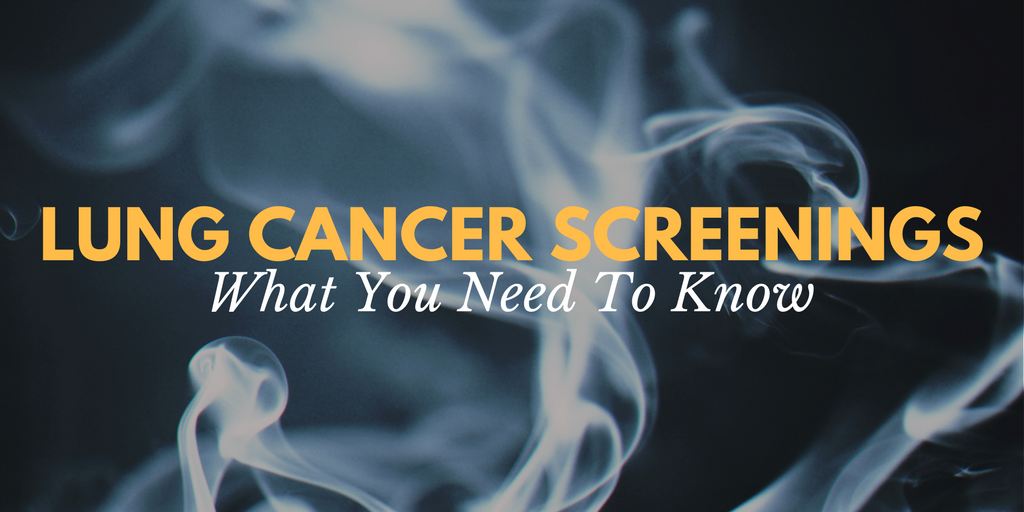Many people may not be aware that lung cancer is the most deadly cancer, accounting for about 1 out of 4 cancer deaths. Low-dose CT scans are the best screening method for catching this cancer early and allowing time for successful treatment. Former smokers and other patients at risk for this cancer are encouraged to get screened and take advantage of the affordable options.
Based on this information the Center for Medicare/Medicaid Services (CMS) approved low dose CT as a viable tool for lung cancer screening for qualified candidates. Most private insurance companies then followed suit.
So who are these Qualified Candidates?
- If you are between the ages of 55-77 and are a current or former smoker
- Former smokers who have quit within the last 15 years
- History of at least 30 pack years of smoking
- Patients who have no symptoms of lung cancer
The age requirement is self-explanatory but what is pack years you may ask? Simply add the number of cigarettes you smoke or have smoked in a day (A pack contains 20 cigarettes), and then multiply that by the number of years you have smoked. So if you started smoking at age 18 and are currently smoking at age 56 that is 38 years. If you smoked a pack a day that entire time you have a 38 pack year. Let’s say you only smoked 10 cigarettes a day you would then have a 19 pack year and are ineligible for the screening under CMS guidelines. Visit this website to calculate your pack year http://www.shouldiscreen.com/pack-year-calculator
Now there are still studies that you may be eligible for even if you don’t fit the CMS guidelines above, one of which is the I-ELCAP study. You can find out more about this study here http://www.ielcap.org/library/lung-cancer-screening/faqs
As always speak with your physician if you are interested in learning more.
Why is lung cancer screening important?
The best hope for finding lung cancer is finding it early. If you are a qualified candidate, much like a mammogram, a low dose CT screening should be performed yearly. Research has shown that screening can find 85% of lung cancers at its earliest, most curable stages. Considering lung cancer has more deaths yearly than breast, cervix, colon and prostate combined, early detection sounds pretty good. Once detected in early stages the cure rate is 92% after surgery.
You think you qualify now what?
If you think you fit the criteria and are interested in lung cancer screening, make an appointment with your physician as there a few steps they need to take to refer you to a facility for the low dose CT scan. Your physician needs to assess your risk for lung cancer, speak to you about smoking cessation if you are a current smoker, and have a Shared Decision Making discussion.
During this discussion, your physician will speak with you about the benefits and harms of screening, what the next step is after your screening, and speak to the importance of either continued abstinence of smoking for former smokers or the discontinued use of tobacco. At this time you may receive brochures on these topics, handouts about the screening itself or websites that may be helpful to you. Here are some websites that may be beneficial to you and your research of lung cancer screening.
http://www.shouldiscreen.com/how-is-screening-done/
http://aats.org/tools/lung-cancer/
http://www.radiologyinfo.org/en/info.cfm?pg=screening-lung
http://www.nccn.org/patients/guidelines/lung_screening/index.html
The sooner you undergo a lung cancer screening, the more likely you are to successfully fight this deadly cancer. While ending your smoking habits is a good start, regular screenings are encourged for current and former smokers.

